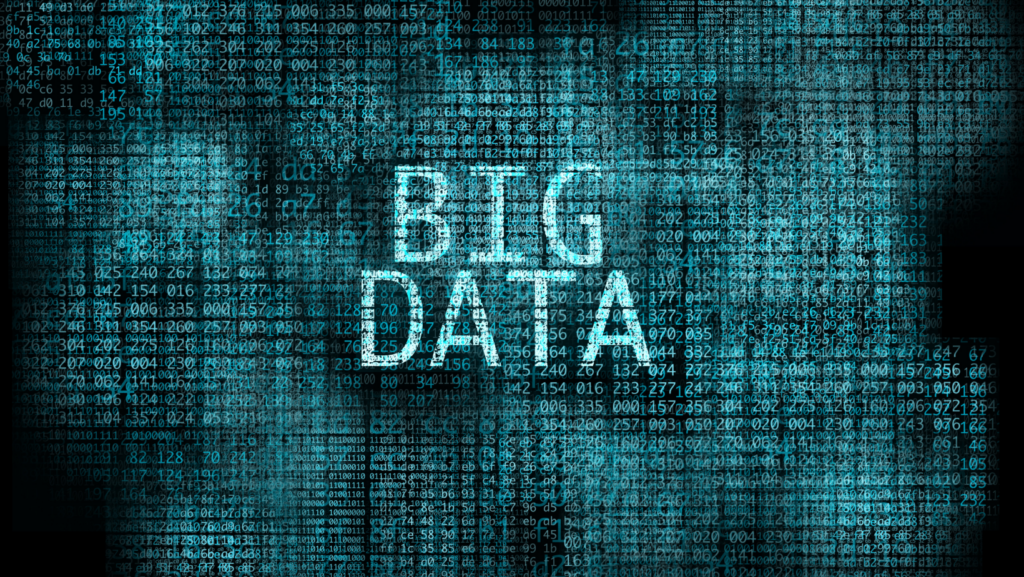In today’s digital age, data is more valuable than ever, driving innovation and transformation across industries. As individuals and organizations generate massive amounts of information, the concept of data ownership becomes increasingly crucial. Data ownership protocol emerges as a pivotal framework, ensuring that data creators maintain control and rights over their digital assets.
This data ownership protocol not only empowers users by giving them authority over their data but also enhances transparency and trust in how data is managed and shared. By establishing clear guidelines and responsibilities, data ownership protocols aim to protect privacy and foster ethical data practices. As businesses and individuals navigate the complexities of the digital world, understanding these protocols is essential for safeguarding personal and organizational data.
Data Ownership Protocol

Data ownership protocol defines rules and standards ensuring data creators retain control over their digital assets. These protocols offer mechanisms for identifying, accessing, and sharing data securely. They specify who can access the data, for what purposes, and under which conditions.
Three primary elements of data ownership protocol include:
- Access Rights: Determine who can view or use the data. For instance, only authorized personnel can access sensitive corporate information.
- Usage Permissions: Outline how data is used, ensuring compliance with data privacy regulations. Data may only be used for predefined purposes like marketing analysis.
- Storage and Transfer Protocols: Govern where the data is stored and how it’s transferred. Cloud-based storage solutions often require encryption and secure transfer methods to protect data integrity. For organizations prioritizing ownership, security, and control, cloud computing in Los Angeles is available as a solution—offering support with compliant storage environments, access controls, and encrypted file handling.
Historical Context of Data Ownership
In the past decades, data management and ownership have significantly evolved. The focus shifted from centralized control to empowering data creators with ownership rights.
Evolution of Data Management

Data management began with centralized systems in the mid-20th century, controlled by large organizations. These systems lacked flexibility, keeping data access in the hands of few entities. As technology advanced, a decentralized approach emerged. Personal computers and the internet allowed more users to generate and control their data. In the 21st century, the shift toward cloud computing and big data further transformed data management, emphasizing the need for robust data management practices to handle vast information volumes effectively.
Emergence of Data Ownership Concepts
Data ownership concepts surfaced as a response to increasing concerns about personal data privacy and security. In the early 2000s, legislative measures like the GDPR (General Data Protection Regulation) underscored data subjects’ rights, emphasizing data access, consent, and portability. This movement prioritizes individuals’ rights over their information, pushing organizations to adopt transparent data handling practices. As digital ecosystems grow, data ownership concepts continue to evolve, aligning with emerging ethical standards and technological advancements.
Key Features of Data Ownership Protocols
Data ownership protocols incorporate essential elements to enhance data control and protection. They focus on several critical areas ensuring that users can navigate the complexities of the digital landscape effectively.
Privacy and Security Measures

Privacy and security measures form a critical component of data ownership protocols. These measures ensure data integrity and confidentiality by implementing encryption techniques and secure authentication methods. Protocols define specific roles and access levels to manage who can interact with the data, reducing unauthorized access risks. Compliance with regulations, such as GDPR, further guarantees that data processing aligns with legal frameworks, reinforcing user privacy and protection.
User Control and Consent
User control and consent emphasize users’ rights over their data within these protocols. By setting clear rules for data access and usage, users can decide who accesses their data and under what conditions. Consent mechanisms, such as opt-in and opt-out options, enable users to grant or withdraw permissions easily. This approach not only empowers individuals but also builds trust in organizations’ data handling practices, ensuring alignment with ethical standards and legal requirements.
Benefits of Data Ownership Protocol
Data ownership protocols offer significant advantages by empowering individuals and organizations to maintain control over their data. These benefits promote transparency, trust, and autonomy in data management practices.

